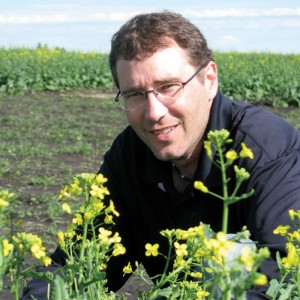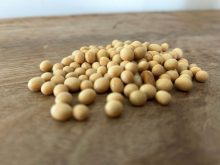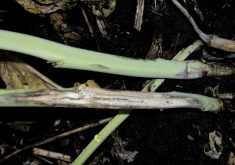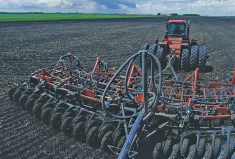By now it’s clear. Some control strategies work. Others, says agronomist Dan Orchard, just don’t.
- Pulling plants from dead patches at the end of the season and looking for the disease certainly worked. But it would have worked even better if the recommendation, right from the start, had been to pull plants and check the roots. By not stressing the importance of checking fields early and often, many a case was left undetected until inoculum levels rose and it was suddenly a crisis situation.
- Tillage certainly seems to be linked to occurrences in fields, says Orchard, who has seen the same pattern again and again, where a field will be largely untouched, except for the small portion that received some tillage. “Tillage appears to speed or promote clubroot,” he says. Once it has a toehold, tillage also helps it spread.
- More from the Alberta Farmer Express: Clubroot not just another disease
- In peripheral areas, that either had very low-level infections or had none but were adjacent to areas that did, a more vigorous approach probably would have helped in the early days. “They weren’t looking until it was an obvious problem,” Orchard says. “It was a reactive, not proactive, response.”
- Resistance is our best option, and should be used in areas outside the clubroot hot zone to prevent spore buildup and keep the disease at a low level. But growers should also respect that the disease is highly adaptable. If the resistant varieties are simply seen as a way to go back to business as usual, clubroot will likely make short work of them.
- When a small patch of clubroot is identified early in the infection process, growers should see it as an opportunity to nip the problem in the bud. One strategy that has shown some success is treating that portion of the field differently — say seeding it to a non-host crop like grass for a few years. It might cost you a few acres, but keep the rest of the field in production.
- Equipment cleaning is one of the strategies that both worked and didn’t work, Orchard says. A key error appears to have been going out early with the message that producers needed to pressure wash and disinfect equipment. A better message might have been concentrating on more practical things, such as dramatically reducing risk by removing visible dirt between fields, and leaving infected fields until last to ensure no transmission and adequate time to clean. “The power wash and disinfection message was not a practical solution,” Orchard says. Given the disease can also transmit via wind and water erosion, minimizing risk was likely a better message. Still, most researchers say farm machinery is the single most important cause of clubroot spread.
- Research has proven very important, though Orchard concedes to date the agronomic research has been as much about what you can’t do as what you can. “That shouldn’t discredit the research or make it appear any less important,” Orchard insists. “Often finding out what doesn’t work is as important, if not more important, as finding out what does work.”
Read Also
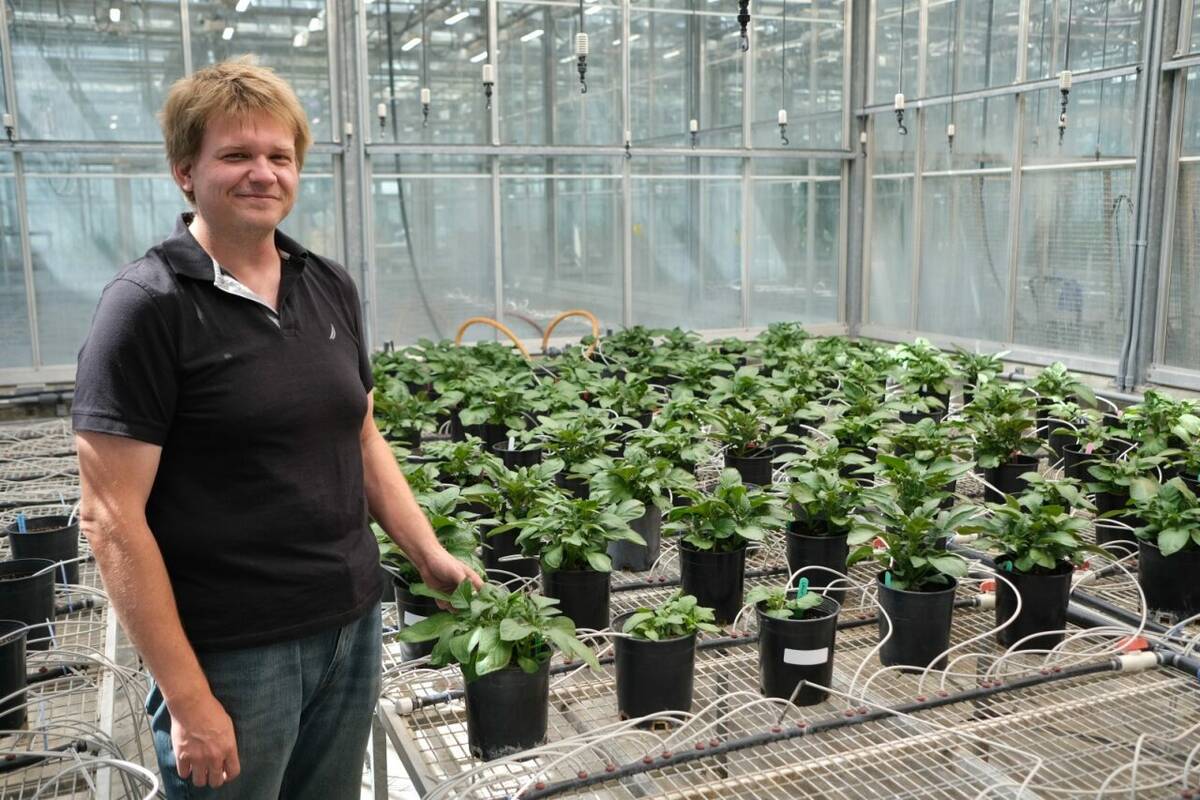
Hail research hopes to benefit potato growers
Alberta research scientist measures hail storm and heat dome affects on potato crops


